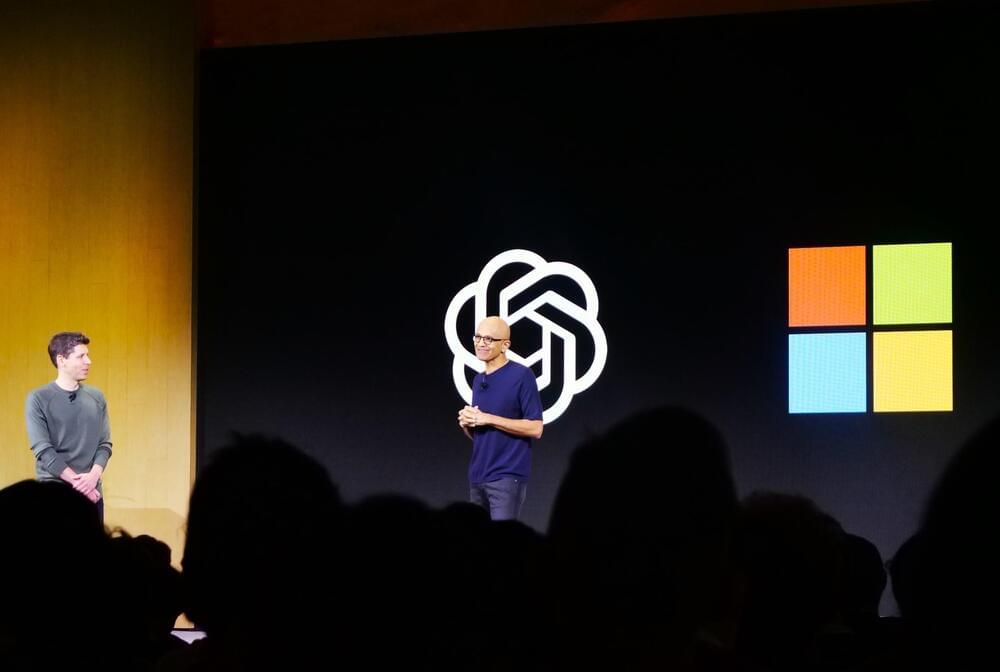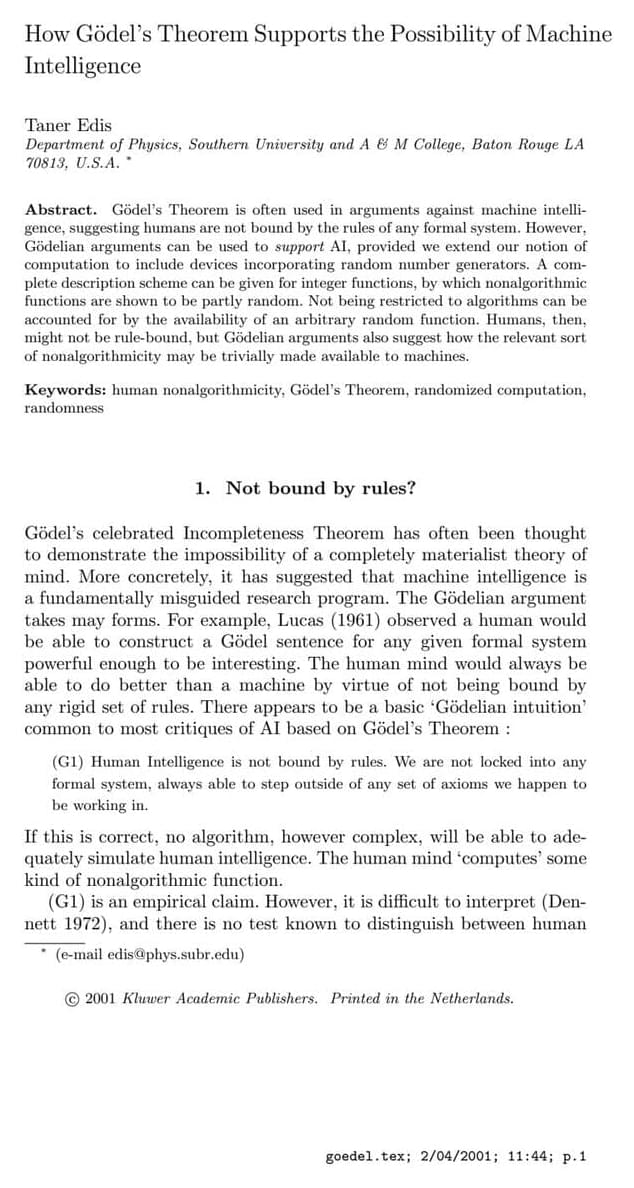The OpenAI saga appears to be in a holding pattern, at least for the moment, as hundreds of employees threaten to leave en masse if the board doesn’t resign and reinstate Sam Altman as CEO of the artificial intelligence powerhouse.
Microsoft CEO Satya Nadella made it clear in interviews Monday that the company wouldn’t be opposed to Altman returning to OpenAI, with changes to the board, including provisions to keep Microsoft from being surprised in the manner it was on Friday, learning of Altman’s ouster minutes before the rest of the world.
“One thing, I’ll be very, very clear, is we’re never going to get back into a situation where we get surprised like this, ever again. … That’s done,” Nadella said on a joint episode of the Pivot and On with Kara Swisher podcasts.






